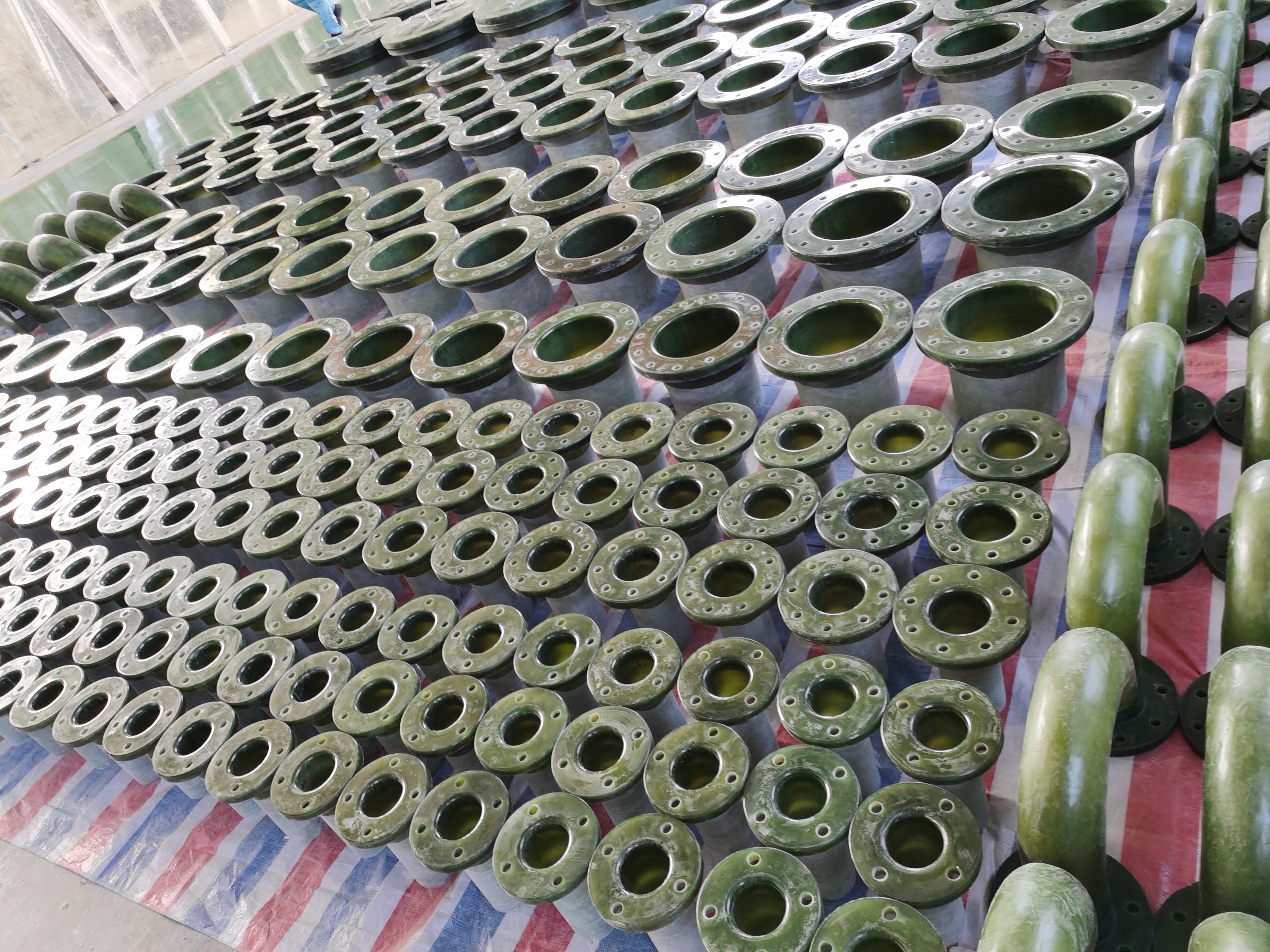
-
 Afrikaans
Afrikaans -
 Albanian
Albanian -
 Amharic
Amharic -
 Arabic
Arabic -
 Armenian
Armenian -
 Azerbaijani
Azerbaijani -
 Basque
Basque -
 Belarusian
Belarusian -
 Bengali
Bengali -
 Bosnian
Bosnian -
 Bulgarian
Bulgarian -
 Catalan
Catalan -
 Cebuano
Cebuano -
 China
China -
 China (Taiwan)
China (Taiwan) -
 Corsican
Corsican -
 Croatian
Croatian -
 Czech
Czech -
 Danish
Danish -
 Dutch
Dutch -
 English
English -
 Esperanto
Esperanto -
 Estonian
Estonian -
 Finnish
Finnish -
 French
French -
 Frisian
Frisian -
 Galician
Galician -
 Georgian
Georgian -
 German
German -
 Greek
Greek -
 Gujarati
Gujarati -
 Haitian Creole
Haitian Creole -
 hausa
hausa -
 hawaiian
hawaiian -
 Hebrew
Hebrew -
 Hindi
Hindi -
 Miao
Miao -
 Hungarian
Hungarian -
 Icelandic
Icelandic -
 igbo
igbo -
 Indonesian
Indonesian -
 irish
irish -
 Italian
Italian -
 Japanese
Japanese -
 Javanese
Javanese -
 Kannada
Kannada -
 kazakh
kazakh -
 Khmer
Khmer -
 Rwandese
Rwandese -
 Korean
Korean -
 Kurdish
Kurdish -
 Kyrgyz
Kyrgyz -
 Lao
Lao -
 Latin
Latin -
 Latvian
Latvian -
 Lithuanian
Lithuanian -
 Luxembourgish
Luxembourgish -
 Macedonian
Macedonian -
 Malgashi
Malgashi -
 Malay
Malay -
 Malayalam
Malayalam -
 Maltese
Maltese -
 Maori
Maori -
 Marathi
Marathi -
 Mongolian
Mongolian -
 Myanmar
Myanmar -
 Nepali
Nepali -
 Norwegian
Norwegian -
 Norwegian
Norwegian -
 Occitan
Occitan -
 Pashto
Pashto -
 Persian
Persian -
 Polish
Polish -
 Portuguese
Portuguese -
 Punjabi
Punjabi -
 Romanian
Romanian -
 Russian
Russian -
 Samoan
Samoan -
 Scottish Gaelic
Scottish Gaelic -
 Serbian
Serbian -
 Sesotho
Sesotho -
 Shona
Shona -
 Sindhi
Sindhi -
 Sinhala
Sinhala -
 Slovak
Slovak -
 Slovenian
Slovenian -
 Somali
Somali -
 Spanish
Spanish -
 Sundanese
Sundanese -
 Swahili
Swahili -
 Swedish
Swedish -
 Tagalog
Tagalog -
 Tajik
Tajik -
 Tamil
Tamil -
 Tatar
Tatar -
 Telugu
Telugu -
 Thai
Thai -
 Turkish
Turkish -
 Turkmen
Turkmen -
 Ukrainian
Ukrainian -
 Urdu
Urdu -
 Uighur
Uighur -
 Uzbek
Uzbek -
 Vietnamese
Vietnamese -
 Welsh
Welsh -
 Bantu
Bantu -
 Yiddish
Yiddish -
 Yoruba
Yoruba -
 Zulu
Zulu
Durable Fiberglass Stack Liners for Enhanced Performance and Longevity in Industrial Applications
The Advantages and Applications of Fiberglass Stack Liners
In the industrial world, efficiency and durability are paramount. From power plants to manufacturing facilities, the integrity of structures that handle emissions and exhaust is critical. One essential component that has gained significant attention in recent years is the fiberglass stack liner. This article delves into the characteristics, benefits, and applications of fiberglass stack liners, illustrating why they have become a favored choice for many industries.
Understanding Fiberglass Stack Liners
Fiberglass, a composite material made from fine glass fibers, is known for its strength, lightweight properties, and resistance to corrosion. When employed as stack liners, fiberglass provides a protective layer for stacks and exhaust systems that transport flue gases or emissions from industrial processes. Designed to withstand harsh conditions, fiberglass stack liners help prevent the deterioration of the underlying structures while ensuring compliance with environmental regulations.
Benefits of Fiberglass Stack Liners
1. Corrosion Resistance One of the most significant advantages of fiberglass stack liners is their resistance to corrosion. Many industrial applications involve flue gases laden with corrosive compounds, such as sulfur dioxide and nitrogen oxides. Traditional materials often succumb to these corrosive elements over time, leading to costly repairs and downtime. In contrast, fiberglass does not rust or corrode, making it an excellent choice for long-term use.
2. Lightweight and Easy Installation Fiberglass stack liners are considerably lighter than alternatives like metal or concrete. This characteristic not only simplifies the installation process but also reduces the structural load on existing facilities. As a result, the installation can often be completed more quickly and with lower labor costs.
3. Thermal Insulation Fiberglass has superior thermal insulation properties. This aspect is crucial in maintaining the ideal temperatures within stack systems, which can help improve combustion efficiency and reduce energy consumption. Enhanced thermal performance can lead to significant cost savings over time.
4. Reduced Maintenance Costs By utilizing fiberglass stack liners, industries can expect lower maintenance costs over the lifespan of their systems. The durability and resilience of fiberglass mean that replacements are less frequent, and the need for regular maintenance checks is significantly reduced.
fiberglass stack liner

5. Environmental Compliance As environmental regulations become increasingly stringent, industries must ensure that their emissions meet compliance standards. Fiberglass stack liners contribute to optimal operational efficiency, which in turn helps facilities maintain compliance with environmental guidelines, minimizing the risk of fines and ensuring a commitment to sustainability.
Applications of Fiberglass Stack Liners
Fiberglass stack liners are versatile and applicable across various industries. Here are some of the key areas where they are commonly used
- Power Generation In coal-fired and natural gas power plants, fiberglass stack liners protect against the harsh exhaust atmosphere, prolonging the lifespan of stack structures and reducing costly downtime.
- Chemical Processing Chemical plants, which often handle highly corrosive gases, benefit significantly from using fiberglass stack liners. They safeguard the infrastructure from chemical attacks and ensure safe emission handling.
- Manufacturing Industries Factories that produce goods involving combustion processes need reliable stack systems. Fiberglass liners offer an effective solution for managing emissions while maintaining the structural integrity of exhaust systems.
- Waste Incineration The incineration of waste materials releases toxic fumes. Utilizing fiberglass stack liners not only focuses on protecting the environment by ensuring cleaner emissions but also protects incinerator stacks from corrosive damage.
Conclusion
In summary, fiberglass stack liners present an advantageous solution for industries seeking durability, efficiency, and compliance in their stack systems. With their resistance to corrosion, lightweight structure, thermal insulation, and potential for reduced maintenance costs, these liners offer a compelling alternative to traditional materials. As industries continue to prioritize environmental compliance and operational efficiency, the demand for fiberglass stack liners is likely to grow, solidifying their place as an indispensable component of modern industrial operations. By investing in fiberglass technology today, businesses can ensure a more sustainable and efficient operation for years to come.









